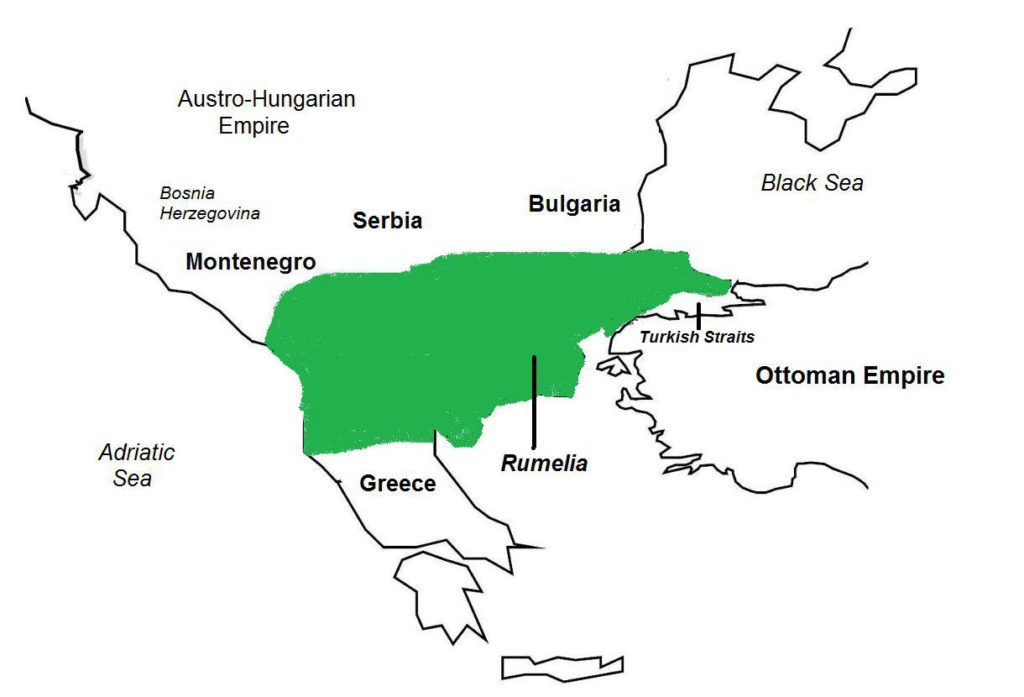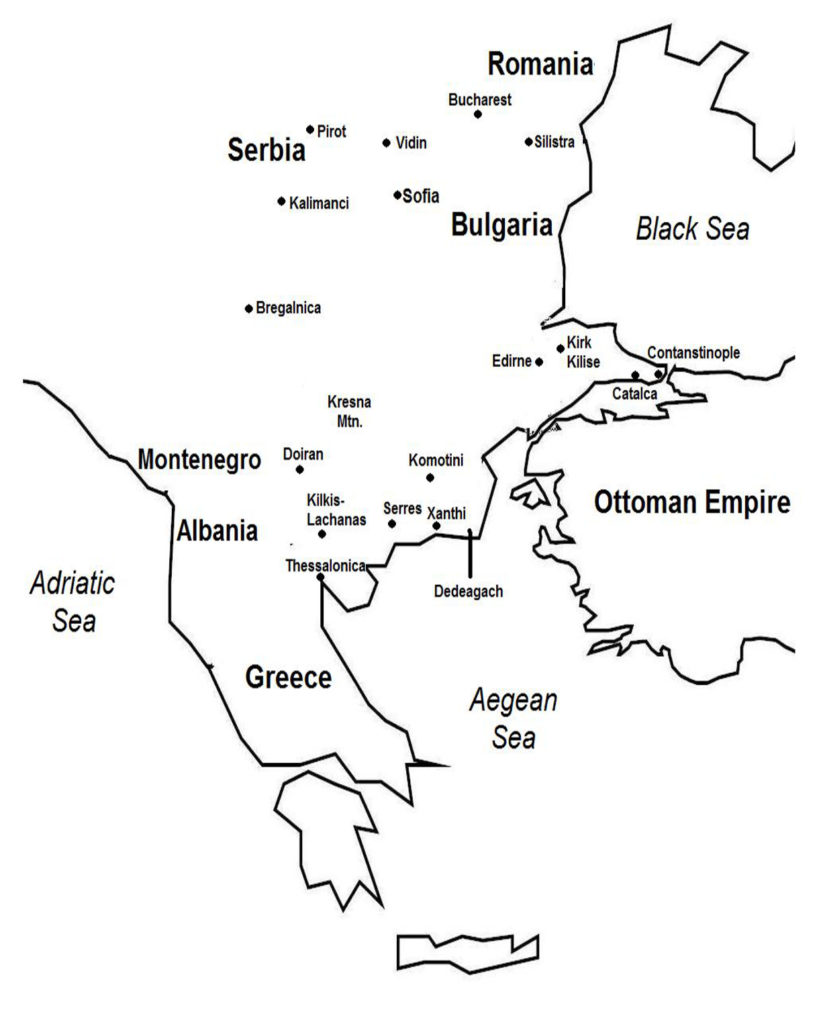On June 1, 1913, Serbia and Greece secretly signed a mutual defense treaty aimed at countering a potential attack by Bulgaria. The treaty came in the wake of the First Balkan War, where Bulgaria took issue with what it perceived was its small share in the partition of territories conquered from the Ottoman Empire during the war.

Background The First Balkan War allowed the Balkan League (Serbia, Bulgaria, Greece, and Montenegro) to gain control of nearly the whole region of the Ottoman region of Rumelia. In the 1913 Treaty of London, the major European powers recognized the independence of Albania, forcing Serbia, Greece, and Montenegro to withdraw their forces from their respective conquered territories in Albania. Before the war, Serbia and Bulgaria had entered into a secret agreement to partition Rumelia between them, in particular the Macedonian region. No similar partition agreement was made with Greece, as the Greek Army was not highly regarded and thought to be incapable of gaining much territory.

During the war, however, Bulgaria had concentrated much of its military resources in Eastern Thrace aiming to capture Constantinople, and left a much smaller force to invade Macedonia. As a result, Bulgaria’s allies, Serbia and Greece, both of whom faced much less opposition in their sectors, gained considerable territory during the war. Serbian forces advanced into southern Macedonia past the so-called “disputed zone” north of the Kriva Palanka-Ohrid Line, which was part of the Serbian-Bulgarian pre-war partition agreement. The Greek Army also performed (surprisingly) well and seized a large section of southern Macedonia and portions of Western Thrace.
The Bulgarians applied pressure on Serbia to withdraw its forces to the north and beyond Monastir in compliance with their pre-war arrangement. Serbia refused, as it already had been forced to relinquish northern Albania, while Bulgaria had ceded much less in Eastern Thrace, in the areas of the Enos-Midia Line. Serbia insisted that new negotiations be started on partitioning Macedonia, a proposal that was rejected by Bulgaria. (In their pre-war agreement, Serbia was allowed to expand freely into Albania, while Bulgaria could take southern Macedonia.)
Bulgaria also put pressure on Greece to withdraw from Western Thrace and southern Macedonia, in particular from Thessalonica. The Greeks offered a compromise agreement, which the Bulgarians rejected.
Greek-Serbian Alliance of 1913 As Bulgaria continued its war posturing and increased its forces in the disputed areas, on June 1, 1913, Serbia and Greece secretly signed a mutual defense treaty aimed at countering a potential Bulgarian attack. The agreement also fixed a common border between Serbia and Greece. Consequently, small-scale fighting began to break out between Serbians and Bulgarians, whose forces were situated next to each other following the recently concluded First Balkan War. A small Montenegrin contingent also joined ranks with Serbian forces.
Meanwhile, Russia was alarmed at the impending break up of the Serbian-Bulgarian alliance, as this threatened Russia’s power ambitions in the Balkan region. Tsar Nicholas II, the Russian monarch, offered to mediate, even sending a personal letter to both the Serbian and Bulgarian kings. Bulgaria was unyielding, however, forcing the Russian government to cancel the Russo-Bulgarian Treaty of 1902.
Second Balkan War On June 29, 1913, less than a month after the First Balkan War ended, Bulgaria, without declaring war, launched simultaneous attacks against Serbian and Greek forces in Macedonia. The Second Balkan War had begun.
